Hello,
So I was browsing Facebook the other day and noticed something very interesting at Albion Swords' FB photo albums.
https://www.facebook.com/media/set/?set=a.116934866137.130069.109838441137&type=3
Basically, back in 2009ish they executed a prototype for a ring-hilted spatha, from the looks of it.
What ever happened with this? Are there any illustrations or photographs of what the final piece would have looked like? And is it likely that this will ever enter production?
Thank you to anybody who has information on this...
I wish I knew, that is a nice looking blade.
It will get into production, I just have to make a priority of carving a few other waxes first....
;-)
The main inspiration for this sword is an original in the Deutches Klingenmuseum.
Below is just one example from a Polish auction site. A common blade type for these swords is the the version I designed for Albion. It has a nice octagonal cross section. A short and sturdy sword, somehow halfway between a Pompeii gladius and a 3rd century spatha. It is a weapon with an interesting history, showing how far away influences shaped the swords in the Roman legions.
Some of these are very ornate, while others are more utilitarian. The Albion ring hilt will most probably be a representative of a soldiers weapon, rather than the weapon of an officer.
I also include two photos of a plasticine mock up version (very preliminary).
 Attachment: 24.06 KB
Attachment: 24.06 KB

 Attachment: 9.96 KB
Attachment: 9.96 KB

 Attachment: 37.77 KB
Attachment: 37.77 KB
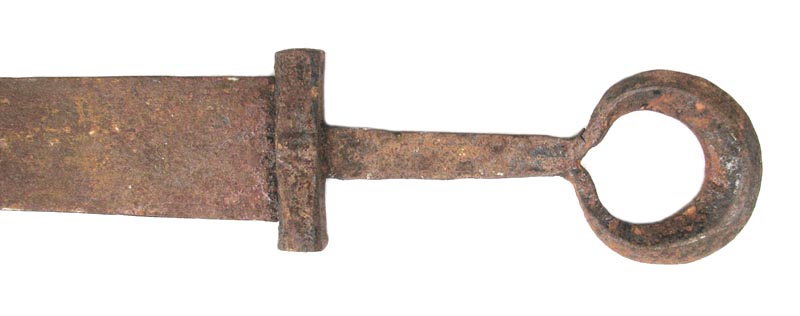
 Attachment: 34.5 KB
Attachment: 34.5 KB
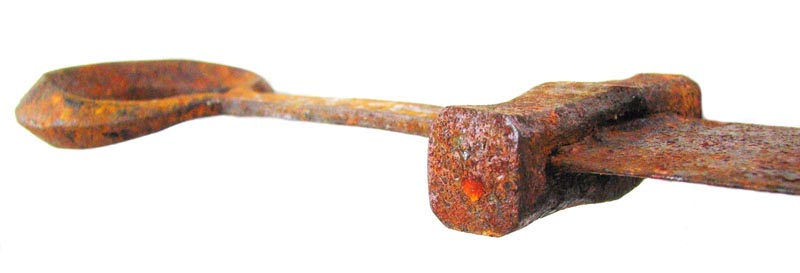
 Attachment: 75.94 KB
Attachment: 75.94 KB
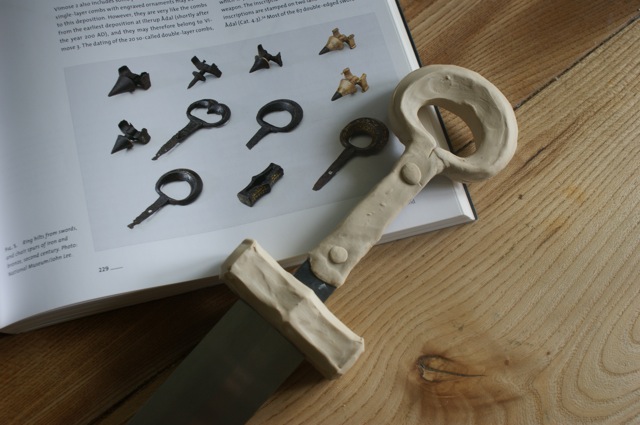
 Attachment: 57.98 KB
Attachment: 57.98 KB
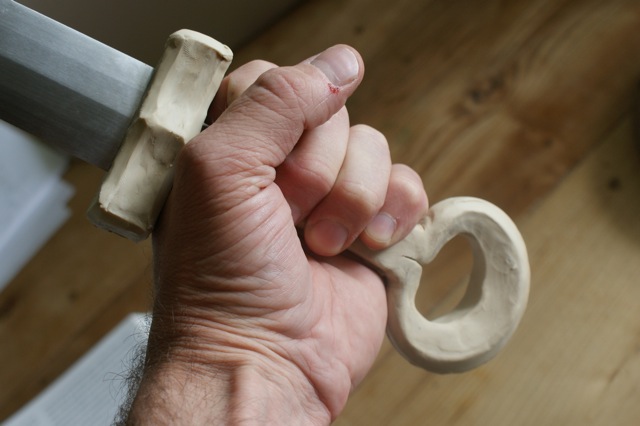
;-)
The main inspiration for this sword is an original in the Deutches Klingenmuseum.
Below is just one example from a Polish auction site. A common blade type for these swords is the the version I designed for Albion. It has a nice octagonal cross section. A short and sturdy sword, somehow halfway between a Pompeii gladius and a 3rd century spatha. It is a weapon with an interesting history, showing how far away influences shaped the swords in the Roman legions.
Some of these are very ornate, while others are more utilitarian. The Albion ring hilt will most probably be a representative of a soldiers weapon, rather than the weapon of an officer.
I also include two photos of a plasticine mock up version (very preliminary).






Thank you very much, Peter!
So the grip would be, comparatively speaking, quite light and thin compared to a standard Euro hilt, with a small quillon?
By 'far away influences' are you referring to, for example, China? I ask because I believe there are similar iron or bronze jian swords (though I admit I may be confusing this with Hunnic).
I am guessing this would fall somewhere around the second century AD, late Roman Empire, perhaps before the great migrations began?
Thank you again, and I look forward to seeing when this piece does come out!
So the grip would be, comparatively speaking, quite light and thin compared to a standard Euro hilt, with a small quillon?
By 'far away influences' are you referring to, for example, China? I ask because I believe there are similar iron or bronze jian swords (though I admit I may be confusing this with Hunnic).
I am guessing this would fall somewhere around the second century AD, late Roman Empire, perhaps before the great migrations began?
Thank you again, and I look forward to seeing when this piece does come out!
No way!!! I hope Albion pursues this. This is one of the rarer styles of Roman-era swords out there; there are a couple of higher-level customs (Patrick Barta and Richard Kazda of ArmArt are two who've worked with this style of sword), and that's it -- a more "entry level" version would be most welcome.
Jeffrey, you would be right, this style of sword shows up about the late 2nd Century. Some believe the ring-hilt to have been derived from Sarmatian swords (there's your "far away" influence). This connection makes some sense as the Romans defeated the Iazyges (a Sarmatian people) in about 180 AD and took some of their warriors as auxiliaries.
Jeffrey, you would be right, this style of sword shows up about the late 2nd Century. Some believe the ring-hilt to have been derived from Sarmatian swords (there's your "far away" influence). This connection makes some sense as the Romans defeated the Iazyges (a Sarmatian people) in about 180 AD and took some of their warriors as auxiliaries.
Very cool! It would be great to see Albion add a sword like this to their lineup. Just as a curiosity, do we know why they had the ring? Was it for some kind of lanyard?
I found this sword at the British Museum when I last visited. Here are the two photos I have of it.
Enjoy ! :D
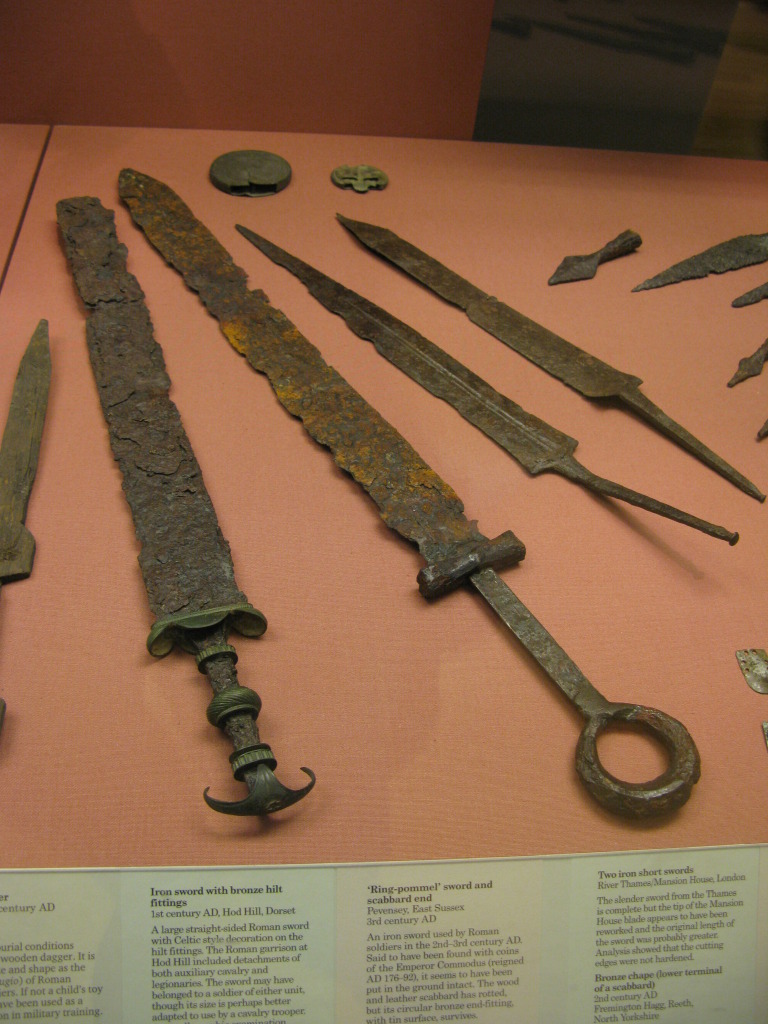
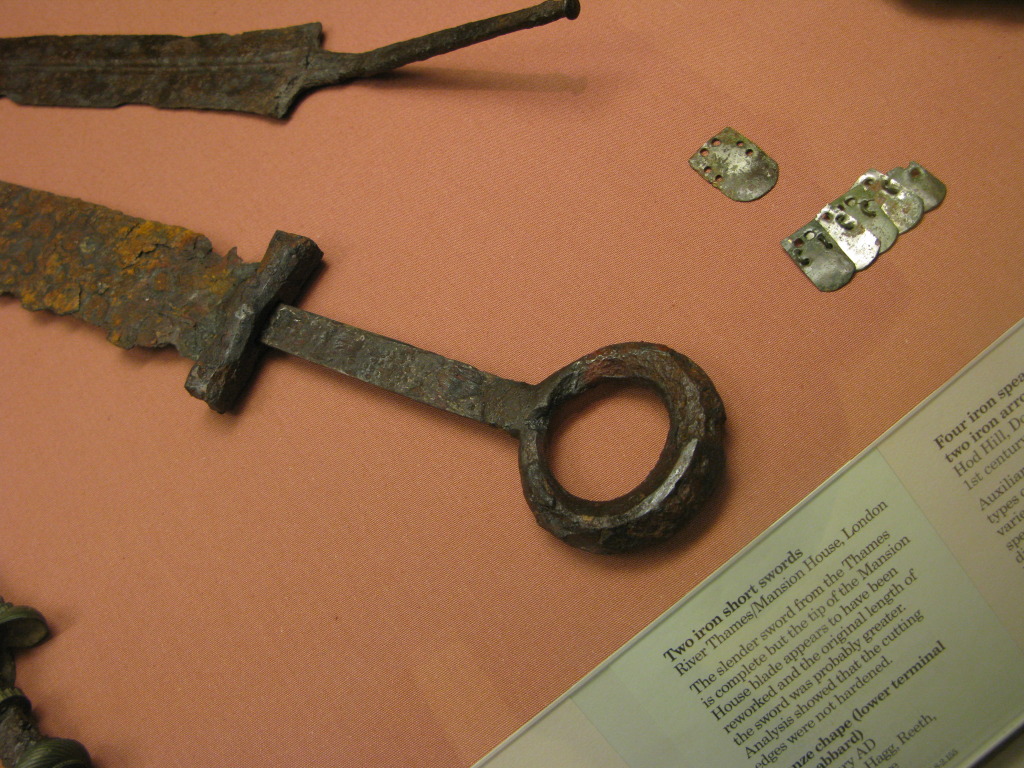
Enjoy ! :D


Mmmmm..that looks very interesting. Can you tell me..is the ring pommel forged OUT of the tang material, or is it forge welded ONTO the tang ??
Sometimes the ring pommel seems to be welded on to the tang. Or possibly brazed. It is difficult to tell in these cases as the tang is often rusted into a homogenous looking form.
It is pretty common to see rivets securing the tang of the blade and the tang of the pommel. This is how the Albion version is going to be mounted: sliding the guard in place and then riveting the pommel to the tang.
The grip will most probably be a leather wrapped, wood core construction.
There are no grips surviving on these swords, as a rule.
I will look at Sarmatian material for inspiration, as these swords are so heavily influenced by the swords and daggers of this culture.
The ring pommel invites ideas on using a leather (or textile?) thong in some sort of criss-cross binding, securing it with a knot through the base of the ring. Perhaps this will work out as a reasonable solution?
It is pretty common to see rivets securing the tang of the blade and the tang of the pommel. This is how the Albion version is going to be mounted: sliding the guard in place and then riveting the pommel to the tang.
The grip will most probably be a leather wrapped, wood core construction.
There are no grips surviving on these swords, as a rule.
I will look at Sarmatian material for inspiration, as these swords are so heavily influenced by the swords and daggers of this culture.
The ring pommel invites ideas on using a leather (or textile?) thong in some sort of criss-cross binding, securing it with a knot through the base of the ring. Perhaps this will work out as a reasonable solution?
Have you seen the book "The Sarmatians" by T. Sulimirski? IIRC, it is full of illustrations of steppe swords, both the butterfly or heart-shaped hilted akinakes and the later ring-hilted swords. It would by worth a look to see if there is some info on grips. I seem to remember that gold wire wrap was common on many Sarmatian swords. And speaking of grips, it seems that the grip on the example from the British Museum is quite long. Some of the swords shown in "The Sarmatians" had grips over 20cm long. It is amazing how advanced some off these 3rd-2nd century BC swords were. Some, aside from their stubby guards and ring pommels, are almost identical to 15th century type XVIIIa's and XVIIIb's. It has been twenty years since I saw that book, but it has always stuck in my memory. Amongst these steppe swords, there is a steady evolution from simple, straight bar-like pommels to curved bars and antennae to ring pommels. As far as I remember, those with gold wire wraps stopped at the base off the pommel and did not wrap into the center of the pommel. Somewhere I have a folder of research on Sarmatian swords, I'll see if I can dig it up and find some more info.
Edit: According to Osprey, strings of beads were often strung through the ring pommels of Sarmatian swords, similar to the Germanic tradition of "lifestones." http://books.google.com/books?id=eeGZEgdj9-cC...mp;f=false
Edit: According to Osprey, strings of beads were often strung through the ring pommels of Sarmatian swords, similar to the Germanic tradition of "lifestones." http://books.google.com/books?id=eeGZEgdj9-cC...mp;f=false
Page 1 of 1
You cannot post new topics in this forumYou cannot reply to topics in this forum
You cannot edit your posts in this forum
You cannot delete your posts in this forum
You cannot vote in polls in this forum
You cannot attach files in this forum
You can download files in this forum
All contents © Copyright 2003-2006 myArmoury.com — All rights reserved
Discussion forums powered by phpBB © The phpBB Group
Switch to the Full-featured Version of the forum
Discussion forums powered by phpBB © The phpBB Group
Switch to the Full-featured Version of the forum